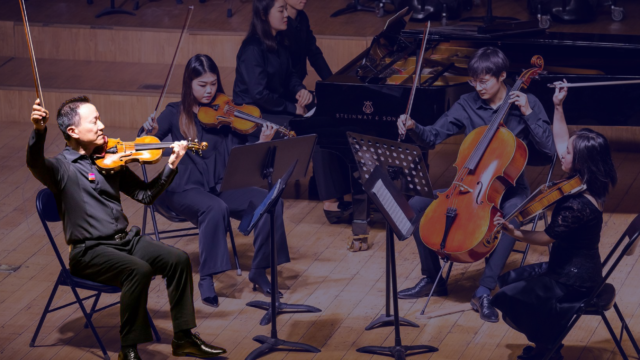Prelude and Table of Contents: Winter 2022
From the Editor
Pick your metaphor—roller coaster, crapshoot, whack-a-mole—the sheer unpredictability of the global pandemic and the swift spread of the Omicron variant have forced life once again into a state of near-constant recalibrations, revisions, shutdowns, returns. That’s not to make light of the tragic impact of COVID-19, which is real and heartbreaking. Still, it’s no small irony that when orchestras began to return to relatively normal music-making this fall with in-person concerts, Omicron became omnipresent. Just as we were getting used to them, vaccine mandates and mask requirements for audiences, musicians, and staff suddenly seemed inadequate. As this issue of Symphony went to press, orchestras were postponing and then cancelling concerts out of, as the phrase goes, an abundance of caution. While that’s absolutely the right thing to do, enormous changes at the last minute are making uncertainty a certainty.
Orchestras have risen to these challenges with resilience. And at many orchestras, the nation’s reckoning with social injustice means that a growing expansiveness in programming is now expected. Works by women and composers of color, whose contributions have for too long been ignored, are being commissioned, performed—and, in a shift from the past practice of one-and-done premieres—getting multiple hearings. Orchestras are continuing to find fresh ways to connect with their communities. Artists often show the way forward, and this issue reports on how composers are responding to the issues of the present day with new scores, new solace, new provocations. At the same time, canonic works are being reconsidered in ways that bring novel insights into music we all thought we knew. Maybe, to use another metaphor, it’s a sea change for orchestras.
Robert Sandla
Table of Contents
Related
Become a member
Thank you for your interest in the League of American Orchestras! We are dedicated to advancing the orchestral experience for all.
Join Now